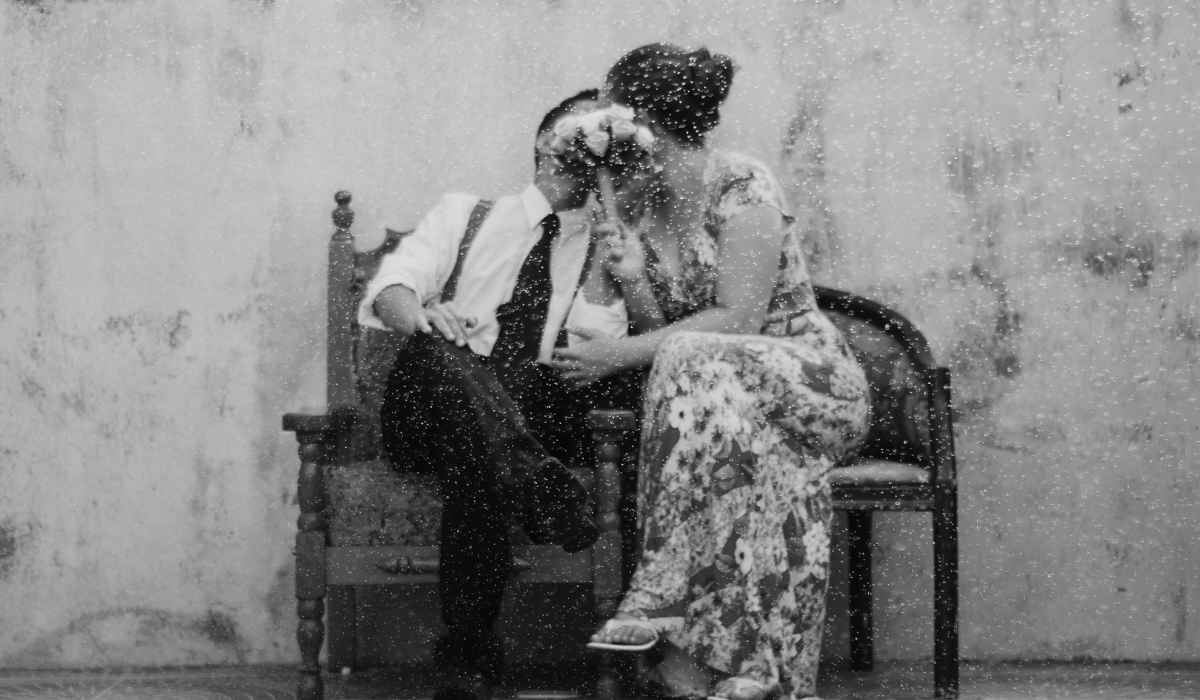Katherine Johnson, an American mathematician whose work was critical to the success of NASA's Space Shuttle program, recently passed away at the age of 101. Her story inspired the popular film Hidden Figures, which brought long-overdue recognition to African-American women’s contribution to this slice of recent history.
With her legacy in mind, we wanted to share with you the stories of other incredible women who have made a positive impact on the world, yet whose work has largely stayed under the radar. Today, we're shining the light on these incredible women who you may never have heard of.
Let's begin with the woman who inspired our search:
Katherine Johnson (1918-2020)
Katherine Johnson, along with several other female mathematicians, overcame racial and gender-based discrimination to become an integral part of NASA’s work in space exploration. As if that wasn't enough, Katherine then spent her retirement encouraging students to enter the fields of science, technology, engineering and mathematics. Thankfully, her work didn´t go unrecognised: In 2015 Katherine received the Presidential Medal of Freedom from Barack Obama.
Perhaps the key to her success was the belief her father instilled in her when she was growing up. “My dad taught us, ‘You are as good as anybody in this town but you’re no better,’” Johnson said. “I don’t have a feeling of inferiority. Never had. I’m as good as anybody, but no better.”
Dorothy Height (1912-2010)
A revolutionary leader of the civil rights movement, Dorothy Height devoted her life to improving the circumstances of and opportunities available for African-American women in the United States.
She began her career when she joined the staff of the Harlem Young Women's Christian Association, where she travelled the country helping local chapters implement the organisation’s interracial charter.
Height continued her revolutionary work with the National Council of Negro Women, which focused on ending the lynching of African-Americans and restructuring the criminal justice system. In 1963, Height, along with other civil rights activists, organized the March on Washington for Jobs and Freedom, where Martin Luther King, Jr. delivered his historic "I Have a Dream" speech in which he called for racism to end.
Irena Sendler (1910-2008)
Social worker Irena Sendler saved over 2,500 Jewish children from the Holocaust by smuggling them to safety in an ambulance and taking them through underground passages.
When the Nazis invaded Warsaw in 1939, Sendler began helping Jews by offering them food and shelter. But when the Warsaw Ghetto was erected in 1940, she could no longer help any of the 450,000 Jewish people who became isolated there.
Remarkably, Irena used her papers as a social worker to enter the Warsaw Ghetto. Irena, along with her colleagues, made over 3,000 false documents to give Jewish people new identities to help them escape from being sent to the Nazi extermination camps. Irena and her colleagues worked tirelessly to place the children safely with Polish families, orphanages and convents.
In October 1943, the Gestapo came to Irena´s home to arrest her. Thankfully, she had hidden the identity cards and birth certificates of the children she had saved. She was imprisoned and due for execution, yet her colleagues were able to bribe officials to release her. Irena went on to give herself a false name, “Klara Dąbrowska” and hid in various places across Warsaw before co-founding an orphanage after Poland was liberated in 1945.
Alice Guy-Blanché (1873–1968)
Born in Paris, Alice Guy-Blanché was the world's first female film director. During her career, she made over 1,000 films in and was credited with being one of the first filmmakers to synchronise sound with picture. Despite these accomplishments, this pivotal talent from the dawn of cinema faded into obscurity.
Guy-Blanché attended meetings with cinema pioneers such as the Lumière brothers and went on to build a successful film company in the United States in the pre-Hollywood era, telling the New York Clipper in 1912 that “I have produced some of the biggest productions ever released by a motion picture company.”
Guy-Blanché recognized the true storytelling potential of what was then a new medium and used groundbreaking techniques in her work, including extensive experimentation with early visual effects, travelogues and scenes from everyday life. A true pioneer, she also directed A Fool and His Money, the first film to feature an all African-American cast.
In her memoirs, Guy-Blanché understood that she would never receive the credit she deserved for her hard work, writing, “My youth, my inexperience, my sex all conspired against me." But let it be known that we're inspired by her persevering spirit and legacy, and hope that you are, too.
Are you ready to start writing your memoirs? Get in touch to arrange a chat with our friendly team to see how we can help, or join our mailing list for more updates about researching your past and writing your autobiography.




